Introduction
Mushrooms, with their earthy aroma and umami-rich flavor, have been a staple in culinary traditions worldwide for centuries. Among the myriad varieties, shiitake mushrooms (Lentinus edodes), known for their robust taste and nutritional benefits, occupy a distinguished place. These mushrooms are not only prized for their culinary versatility but also for their potential health benefits, including antioxidants, immune-boosting properties, and vitamins. However, to fully harness their flavor and nutritional profile, proper preparation techniques are crucial. One such technique often debated among chefs and home cooks alike is blanching—a process of briefly immersing food in boiling water before further cooking. This article delves into the intricacies of preparing shiitake mushrooms, specifically addressing the question: Is blanching shiitake mushrooms the best approach?
Understanding Shiitake Mushrooms
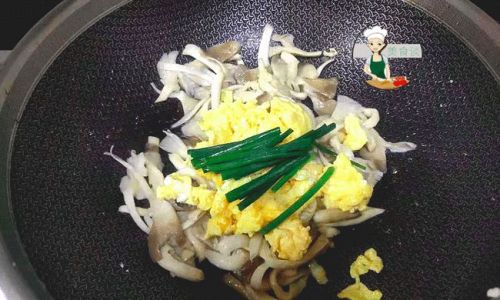
Before exploring preparation methods, it’s essential to understand the unique characteristics of shiitake mushrooms. Native to East Asia, shiitakes are recognized for their dark brown, cap-like appearance with a distinctive, wavy edge. Their flavor is described as savory, slightly sweet, and umami-laden, making them an excellent addition to dishes ranging from stir-fries and soups to more elaborate culinary creations.
Nutritionally, shiitake mushrooms are a powerhouse. They are rich in vitamins such as B vitamins, vitamin D (when exposed to UV light), and minerals like potassium, selenium, and zinc. Furthermore, they contain beta-glucans, a type of polysaccharide that may support immune function and have antioxidant properties. These nutrients are preserved and even enhanced through proper cooking techniques.
The Role of Preparation in Preserving Nutrients and Flavor
Proper preparation of shiitake mushrooms is vital to retain their nutritional value and enhance their flavor profile. Mushrooms are highly perishable and can quickly lose moisture and freshness if not handled correctly. Therefore, techniques that minimize moisture loss and preserve texture are paramount.
Blanching, a common method in vegetable preparation, involves plunging food into boiling water for a brief period, usually a few seconds to a minute, followed by an immediate immersion in ice water to halt the cooking process. This technique serves several purposes:
-
Preservation of Color and Texture: Blanching helps set the natural colors of mushrooms and maintains their firm texture, preventing them from becoming mushy during longer cooking processes.
-
Reduction of Bacterial Load: By rapidly heating the mushrooms, blanching reduces the number of microorganisms on their surface, enhancing food safety.
-
Preparation for Further Cooking: Blanching can partially cook the mushrooms, making them ready for quick sautéing, stir-frying, or incorporating into dishes that require less overall cooking time.
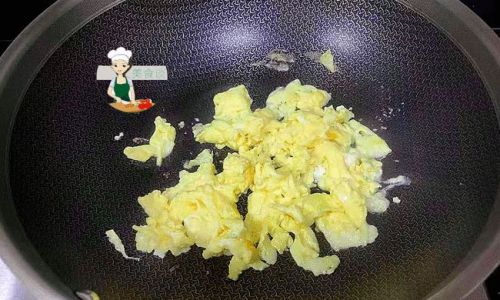
However, the suitability of blanching for shiitake mushrooms is not a one-size-fits-all solution. Its effectiveness depends on various factors, including the intended use of the mushrooms, their freshness, and personal preference.
The Pros and Cons of Blanching Shiitake Mushrooms
Pros:
-
Enhanced Flavor Extraction: Blanching can help to soften the cell walls of the mushrooms, allowing for better extraction of flavors during subsequent cooking. This is particularly beneficial in dishes where the mushroom’s umami is a key component.
-
Improved Texture: By controlling the blanching time, chefs can achieve a desirable texture that balances firmness and tenderness. This is crucial in dishes where the mushrooms are a focal point, such as in salads or as a standalone side.
-
Faster Cooking Times: Partially cooking the mushrooms through blanching reduces the overall cooking time required, making them ideal for busy kitchens or quick meal preparations.
Cons:
-
Potential Nutrient Loss: While blanching preserves many nutrients, some water-soluble vitamins, such as vitamins B and C, may leach into the blanching water, especially if the process is not tightly controlled.
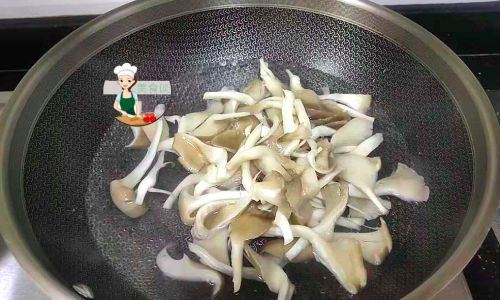
-
Overcooking Risk: If not carefully monitored, blanching can easily lead to overcooking, resulting in mushrooms that are too soft or even mushy. This detracts from both texture and flavor.
-
Additional Steps and Equipment: Blanching requires boiling water, a strainer, and ice water for immediate cooling, adding extra steps and equipment to the preparation process.
Alternative Preparation Methods
Given the potential drawbacks of blanching, it’s worth exploring alternative preparation methods for shiitake mushrooms. Here are several approaches that can yield equally delicious and nutritious results:
-
Sautéing: Simply slicing or halving fresh shiitake mushrooms and sautéing them in a hot pan with a small amount of oil can bring out their natural flavors. This method allows for direct caramelization, adding depth and complexity to the dish.
-
Grilling: Grilling shiitake mushrooms over an open flame or on a grill pan can add a smoky flavor and a nice char, enhancing their umami profile. This technique also requires minimal oil, making it a healthier option.
-
Marinating: Soaking mushrooms in a marinade before cooking can infuse them with additional flavors. This is particularly effective in dishes where the mushrooms are meant to be the star, such as grilled mushroom skewers or marinated mushroom salads.
-
Steaming: Steaming shiitake mushrooms preserves their natural juices and flavors, making them an excellent choice for dishes that emphasize subtle, clean tastes. This method also retains more nutrients compared to boiling.
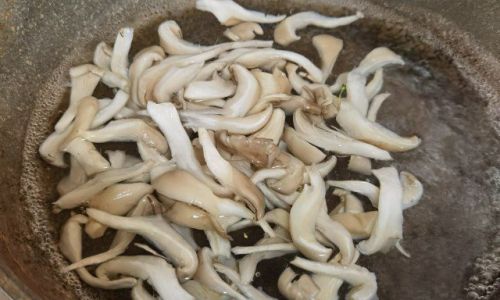
-
Soup and Stew Base: Using shiitake mushrooms as a base for soups and stews allows for long, slow cooking that extracts maximum flavor and nutrients. The mushrooms can be left whole, sliced, or even ground into a powder for a more concentrated flavor.
Choosing the Right Method: Factors to Consider
When deciding whether to blanch shiitake mushrooms or opt for an alternative method, several factors should be considered:
-
Dish Requirements: The preparation method should complement the final dish. For example, blanching might be suitable for a quick stir-fry, while steaming might be better for a delicate soup.
-
Nutrient Preservation: If nutrient retention is a priority, steaming or sautéing may be preferable to blanching, as they tend to retain more vitamins and minerals.
-
Texture Preferences: Different cooking methods yield varying textures. For a firmer texture, grilling or sautéing might be ideal, while steaming or blanching might result in a softer consistency.
-
Time Constraints: Blanching can save time in the kitchen, making it a good choice for busy cooks. However, if time is not a constraint, more involved methods like marinating or slow cooking can yield exceptional results.
-
Personal Taste: Ultimately, the best method is the one that aligns with personal taste preferences. Experimenting with different techniques can help identify which approach best suits individual culinary goals and palates.
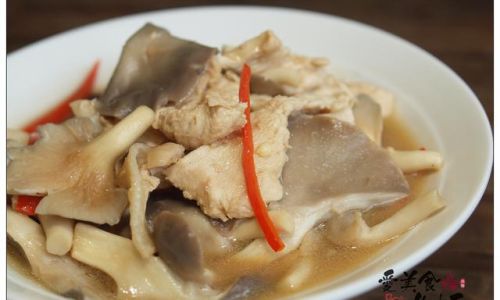
Conclusion
The debate over whether blanching shiitake mushrooms is the best preparation method is nuanced and depends on various factors. While blanching offers several benefits, including enhanced flavor extraction, improved texture, and faster cooking times, it also comes with potential drawbacks such as nutrient loss and the risk of overcooking. Alternatively, methods like sautéing, grilling, steaming, and using mushrooms as a soup or stew base can yield equally delicious and nutritious results, each with its own unique benefits and considerations.
Ultimately, the best approach to preparing shiitake mushrooms is one that aligns with the specific requirements of the dish, nutritional goals, texture preferences, time constraints, and personal taste. By understanding the strengths and limitations of each preparation method, cooks can harness the full potential of shiitake mushrooms, creating dishes that are not only delicious but also nutritious and satisfying. Experimentation and a willingness to try different techniques are key to unlocking the full range of flavors and textures that shiitake mushrooms can offer.
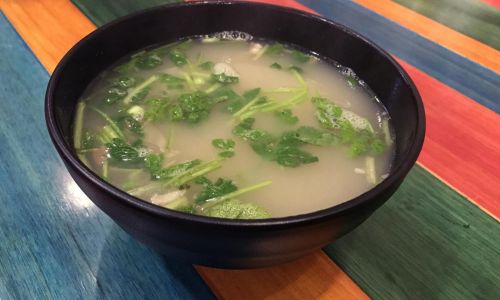
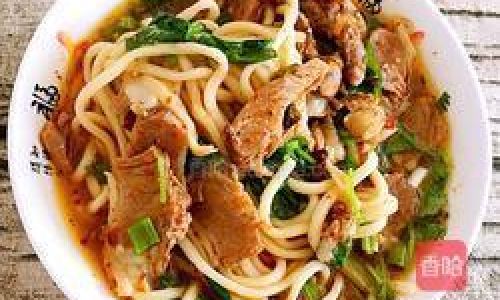



0 comments